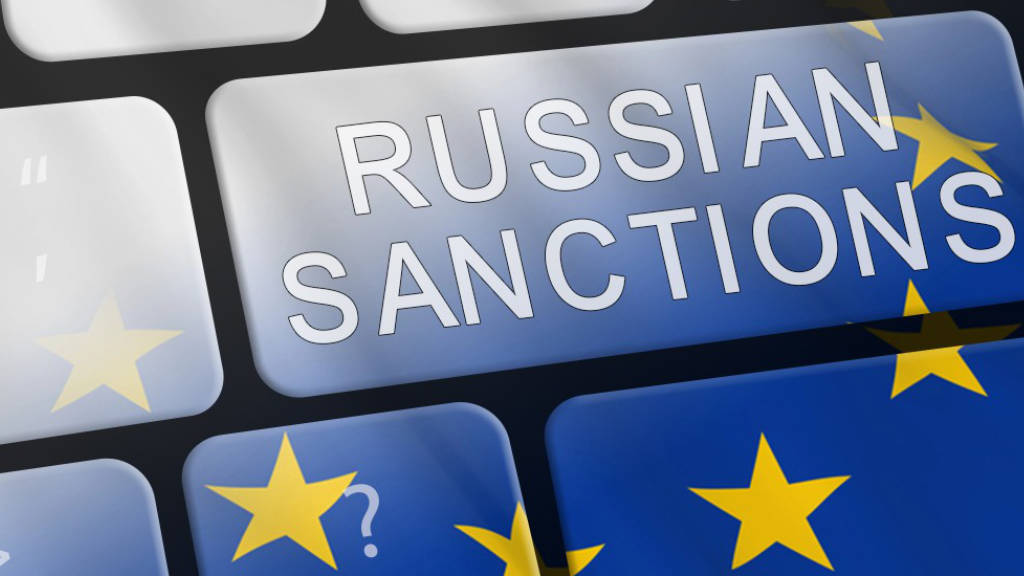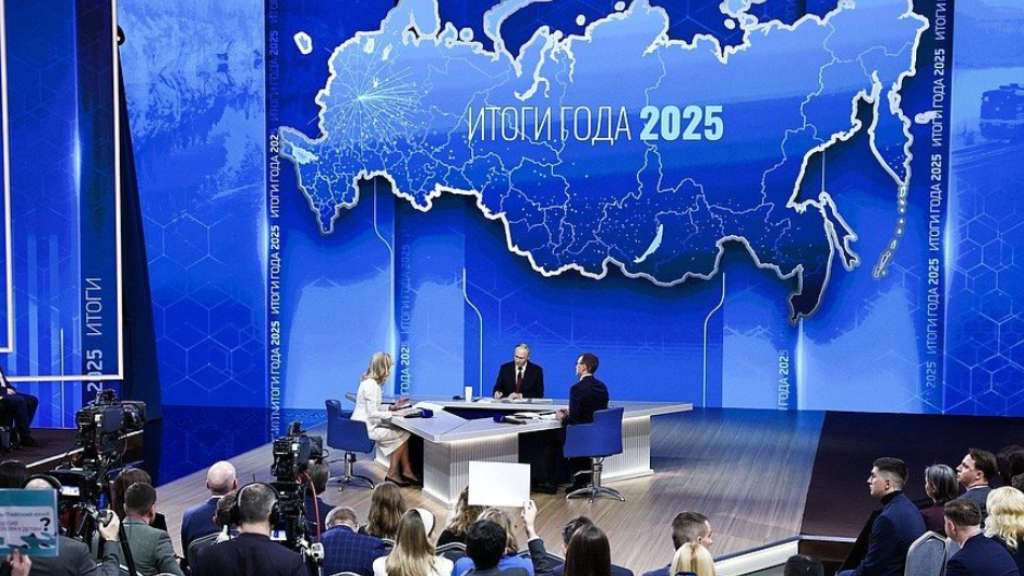In a tit-for-tat move, President Putin has asked the Russian government to look into imposing restrictions on Russian exports of so-called ‘strategic’ materials such as nickel, titanium and uranium in response to sanctions imposed by the West. If carried out, the move has the potential to reshape critical industry supply chains as Russia’s allies, such as China, could receive these products at rather lower prices than their Western competitors.
Purely on the back of Putin’s statement, commodities such as uranium have already seen an immediate price surge, with Putin’ intent also coming after French importers of the product lost their supply contracts with Niger – nullified following a military coup with Niger being assisted by the Wagner Group. France is energy dependent on uranium – with Russia the world’s largest enricher and possessing the sixth largest reserves. The Russian product has not been sanctioned by the West, ironically as it needs these Russian supplies. But Putin now intends to change this dynamic, stating that “other” resources may be affected, including nickel and titanium, while emphasizing that restrictions should be considered so long as “this does not harm Russia.”
If such an export ban were introduced, it is likely that shortages and significant hefty price increases for these strategic metals would hit European markets. Asia though, along with the United States, would benefit.
Russia’s Strategic Reserves
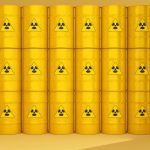
Russia is a resource superpower and possesses substantial reserves of virtually all the primary commodities required to keep a contemporary economy functioning. Russia possesses 12% of global reserves, 32% of LNG, 8% of all untapped uranium, and 11% of the planet’s coal. It also possesses 25% of global iron reserves, 33% of nickel, 15% of zinc and titanium, 11% of tin, 10% of lead and rhodium, 8% of chromium, 7% of copper, 3% of cobalt, 2% of bauxite and about 1% of gallium, plus substantial amounts of beryllium, bismuth, and mercury. Russia also has about 12% of global potash (used in an array of areas, from agriculture and industrial chemicals to pharmaceuticals). In addition to those commodity baskets, Russia has reserves of 23% of the world’s gold, 12% of silver, 20% of platinum group metals, and as much as 55% of diamonds, which are also used in industrial production as well as the jewellery sector.
Russia is also a potential world leader in the production of rare earth minerals (which are used in an array of modern high-tech devices, communications systems and advanced weaponry). While it only accounts for about 2% of rare earths production today, Russia has the second-largest reserves, constituting up to 28.7 million metric tons, and has committed to major investments in production and processing. Known rare earths possessed by Russia include samarium, europium, gadolinium, lanthanum, neodymium, promethium, and cerium.
Global Dependence Upon Russian Resources
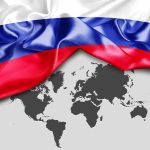
Since sanctions were imposed, a realisation has begun to develop that while the Russian economy can survive without Western technological and consumer goods, the same cannot be said of the West when it comes to Russian oil, gas, uranium, fertilizers and other materials. For example, the EU quietly illustrated last week via the Euro LNG Tracker that it increased its imports of Russian LNG by 11% in H1 2024. France, Spain and Belgium accounted for 87% of Europe’s Russian LNG imports during that time, while French imports of Russian LNG rose by 110%. Despite all the Brussels and London rhetoric, Europe is currently buying record volumes of Russian LNG amid shortages of US and Gulf-sourced supplies.
The United States meanwhile continues to rely on Russian uranium to fuel its nuclear power plants, with plans to wean itself off Russian dependency only coming into effect by 2028. Meanwhile, major Western agricultural producers including the US, Germany, France and Poland have negotiated special sanctions exceptions for themselves to allow the continued purchase of Russia’s nitrogen fertilizers, which are energy-intensive to produce.
Supply Chain Impact

“The pain” of a Russian freeze on strategic resource exports “would be felt by both the US and the EU, and all countries listed as ‘unfriendly’ to Russia, as they would have to source the required elements from third country suppliers, and that would entail an appreciable price increase for the commodity, and the extended supply chain costs that entails,” according to Paul Goncharoff, a Moscow based consultant. He said that “In this case, most, if not all alternative suppliers would be countries listed as ‘friendly’ to Russia. This is a value-added benefit for those countries.”
Maxim Khudalov, chief strategist at Vector X, a Moscow-based investment and brokerage firm, said that the higher commodity prices would add to the productivity overhead increases already being experienced by producers and consumers in many Western countries, suggesting that the United States and Europe could expect a 15-20% bump in the costs of its strategic resource imports if Moscow moves ahead with the restrictions, especially since Russia is in a unique position globally in the production of high-quality nickel, aviation-grade titanium, and enriched uranium.
For instance, while Russia today accounts for ‘only’ about 8% of total global nickel output, it accounts for about 20% of the production of high-grade nickel used to produce high-quality stainless steel and nickel-containing alloys, which are needed for space, aviation and defense technologies.
The same goes for high quality titanium. Russia’s titanium giant VSMPO-AVISMA in Sverdlovsk is globally unique in its ability to produce vast amounts of aviation-grade titanium.
Finding reliable replacement suppliers would take time, including the introduction of new quality and safety testing systems, and recertification which could take years, and in the case of aviation-grade titanium be required to meet strict temperature, bending, pressure load and other requirements.
Khudalov said that “In an airplane, you can’t just say ‘well, I don’t like this supplier of an element used for the wing, I’ll take it from somewhere else.’ Nothing of the kind. If you replace the element used in the wing, you change the airplane, and have to retest it, because it’s no longer safe for civilian use. The conclusion here is that it is very difficult to replace Russian supplies in the aviation industry, requiring significant recertification efforts.”
Competitive Impact
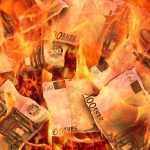
If Europe loses access to Russian aviation-grade titanium, this adds to Airbus’s production costs, affecting the aviation giant considerably in its high-stakes rivalry with Boeing.
Higher nickel costs would mean higher prices for virtually all of Europe’s high-tech products, from electronics to specialized mechanical engineering products. These products would become more expensive in Europe and provide US competitors with significant price-competitive opportunities.
European manufacturers are more vulnerable than in the United States, because the US, with all its capabilities, can afford to increase production costs, mainly because their own energy is cheap. Europe cannot afford any increase in production costs and will lose out to US competitiveness.
In the case of enriched uranium, the situation is even more complex, as it is a restricted resource typically exported to a specific customer for a specific use. Planning for the replacement of suppliers is a long and painstaking process, as nuclear power plants can’t simply be turned on and off at will.
France is the world’s second largest producer of enriched uranium after Russia, but Russian enrichment technology is better, with enrichment costs 35-40% cheaper. This means if a fellow European country has to switch to French-sourced material, it will have to pay a very hefty premium.
Advantage Asia

Khudalov noted that Russia, over the short term, could lose part of its export revenues if resource exports to the West were curtailed. “It can’t be said that all these possible restrictions on the Americans and the Europeans are critical and would kill their industries. It won’t. But it will add very serious difficulties, first and foremost of an organizational nature, because they would have to look for a supplier of comparable quality, and of course, pay a price they are not accustomed to paying. Because when a force majeure occurs on the market, and for them this would constitute a force majeure, any normal businessman will be obliged to take advantage of their status as an alternative supplier. Most of the alternative suppliers are located in China, with whom the United States are in the process of starting a trade war.”
“This means that while President Putin’s proposal sounded like a proposal to limit the supply of strategic metals to unfriendly countries, it almost certainly means no restrictions for friendly countries. In that case, we would deliver a nice pass to China, whose entire industry is aimed at producing high-tech equipment and would effectively get a 15-20% advantage on the cost of strategic materials over Western competitors. This would benefit Beijing in its push to put pressure on Europe and the US in all markets globally.”
Russia, meanwhile, will be able to reorient its strategic metals exports to other major alternative markets as well, including India and the ASEAN nations, and is increasing nuclear power cooperation with countries in the Global South, from Central Asia, China and India to Africa and Latin America, and has a number of new technologies and projects that could use the extra capacity, from the world’s only floating nuclear power plant, to new series of small, modular, low cost and secure reactors.
Manufacturers world-wide would be advised to work out alternative strategies for getting energy into their production facilities should Putin react to Western sanctions with some of his own.
Further Reading
Russia Leads The Way In Global, Small Nuclear Power Reactor Exports

